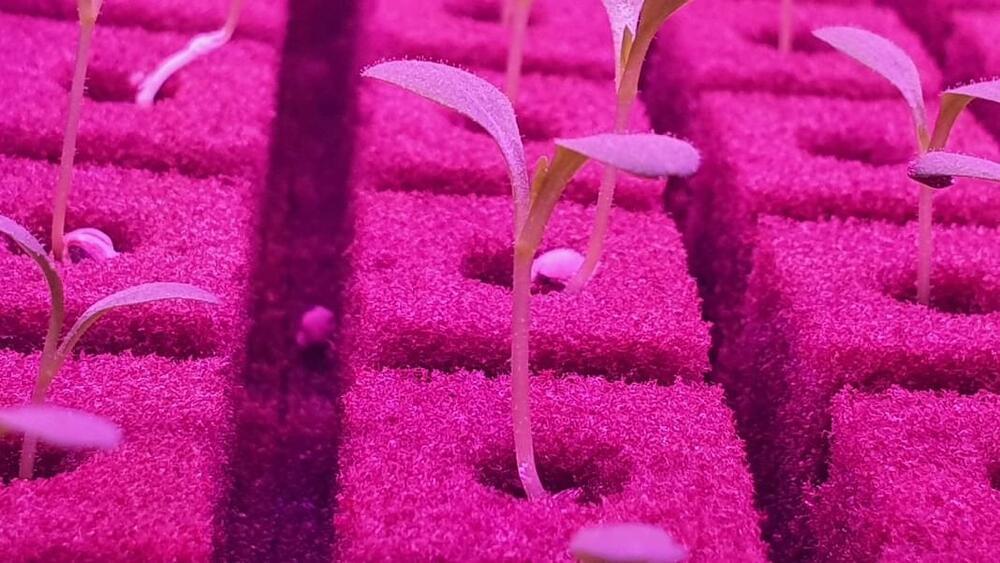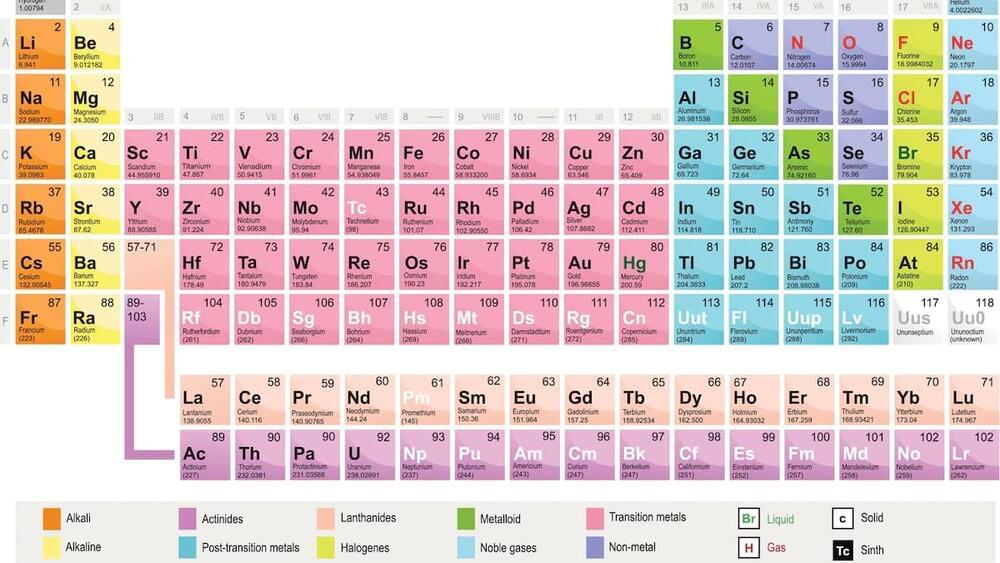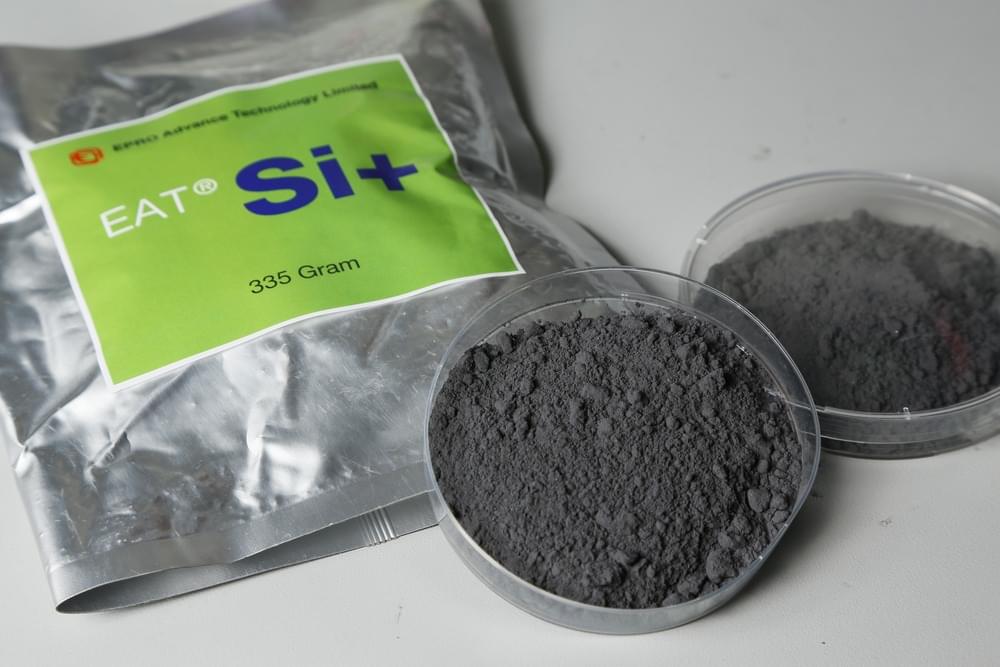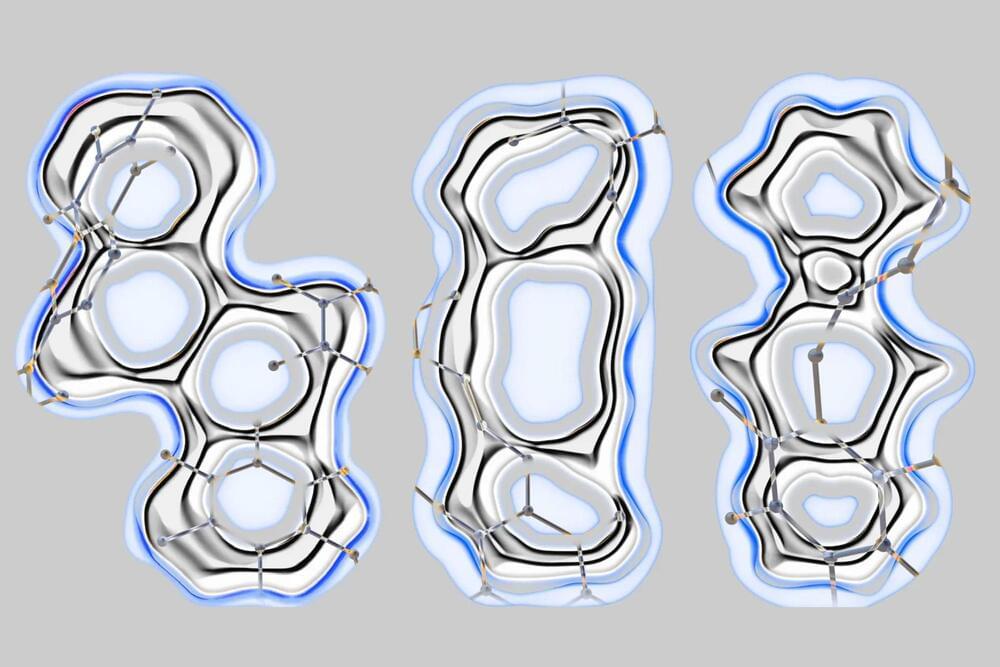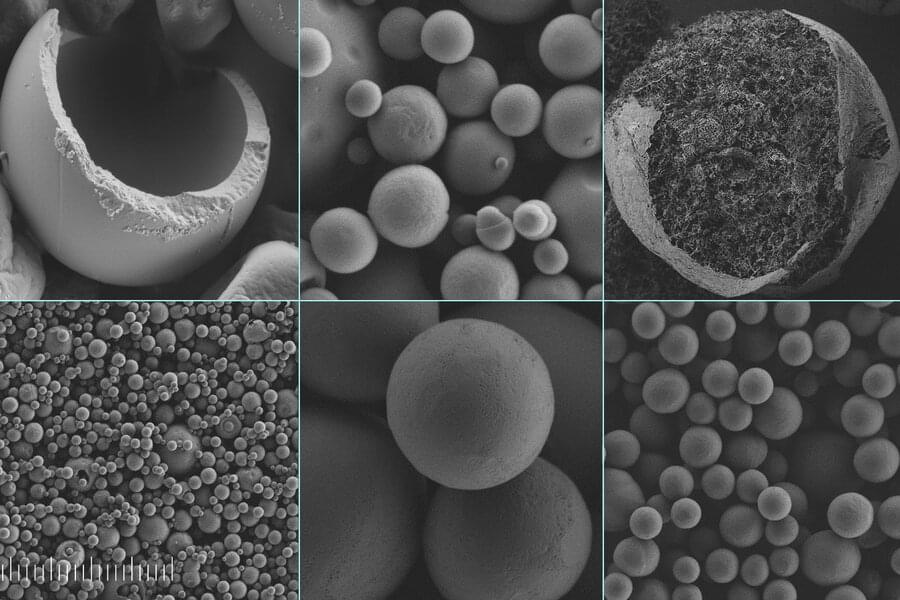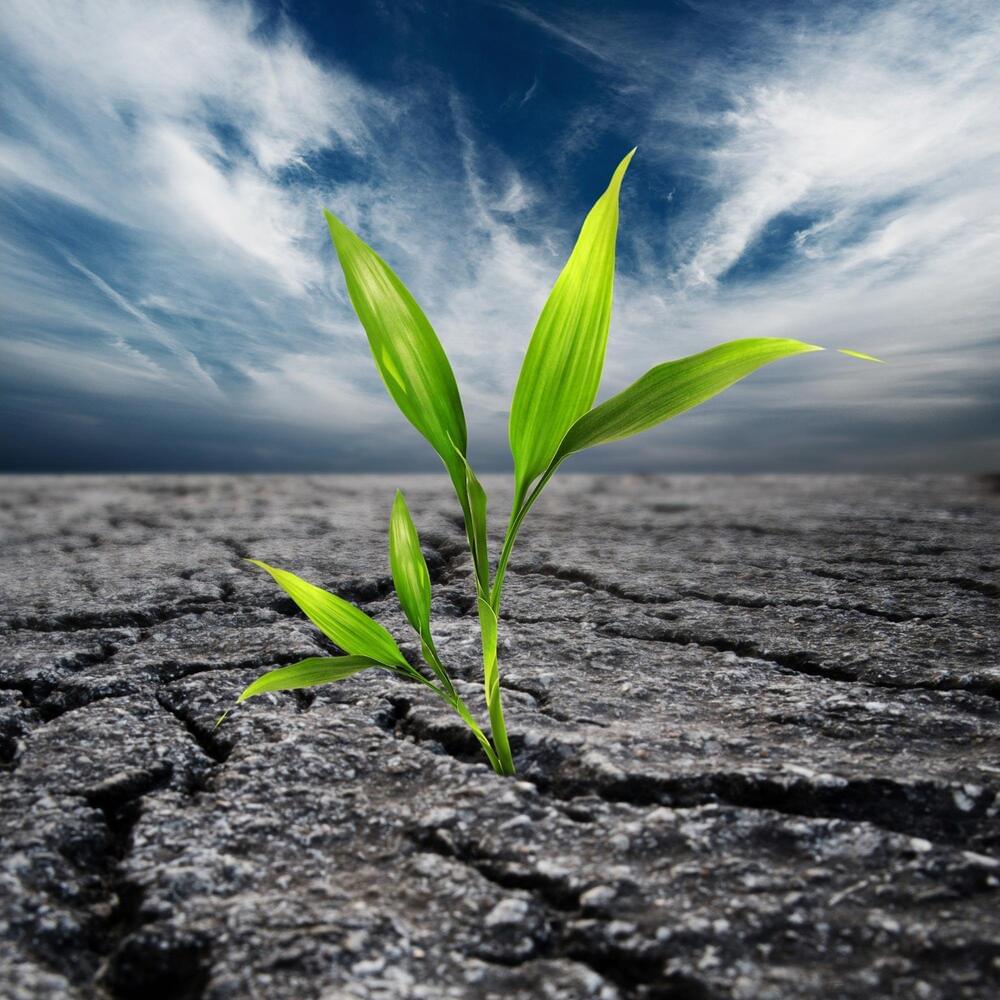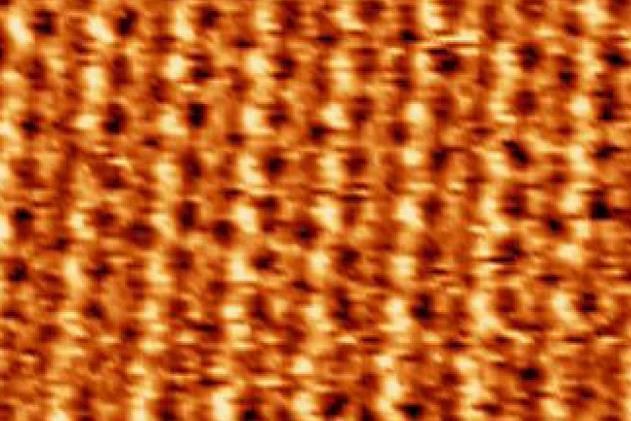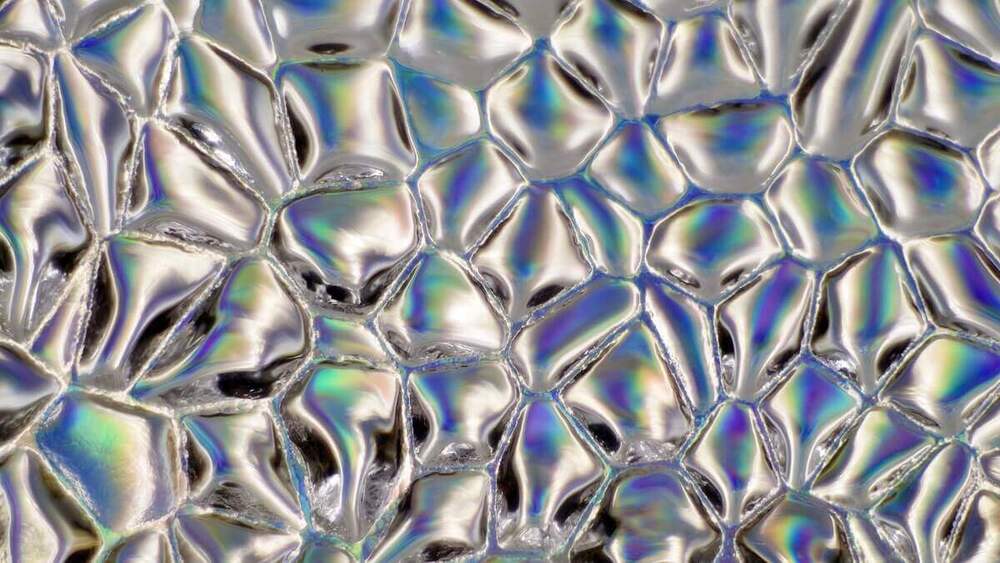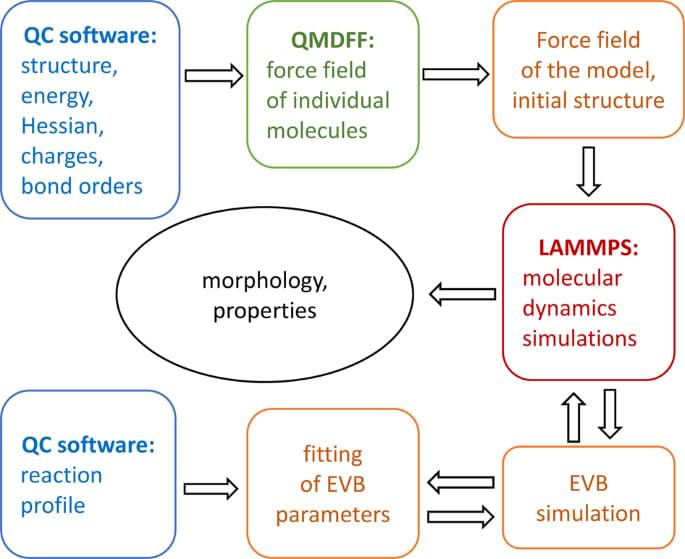Jul 24, 2022
The nickel crystal that catalysed collaboration
Posted by Shubham Ghosh Roy in category: chemistry
An apparent scooping turned into something much more valuable.
Before starting their weekend, Rosie Somerville and Marina Pérez-Jiménez decided to quickly check the latest literature. A few minutes later, the lab WhatsApp group was on fire. After months of arduous work on different organometallic complexes, some of them had just been published. What now?
Very often, researchers across the world work on similar developments without knowing about each other’s results. The latest recipients of the Nobel prize for chemistry, Benjamin List and Dave MacMillan, independently developed organocatalysis. But sometimes the science hall of fame works on a first-come, first-served basis. What if someone scoops the discovery?

